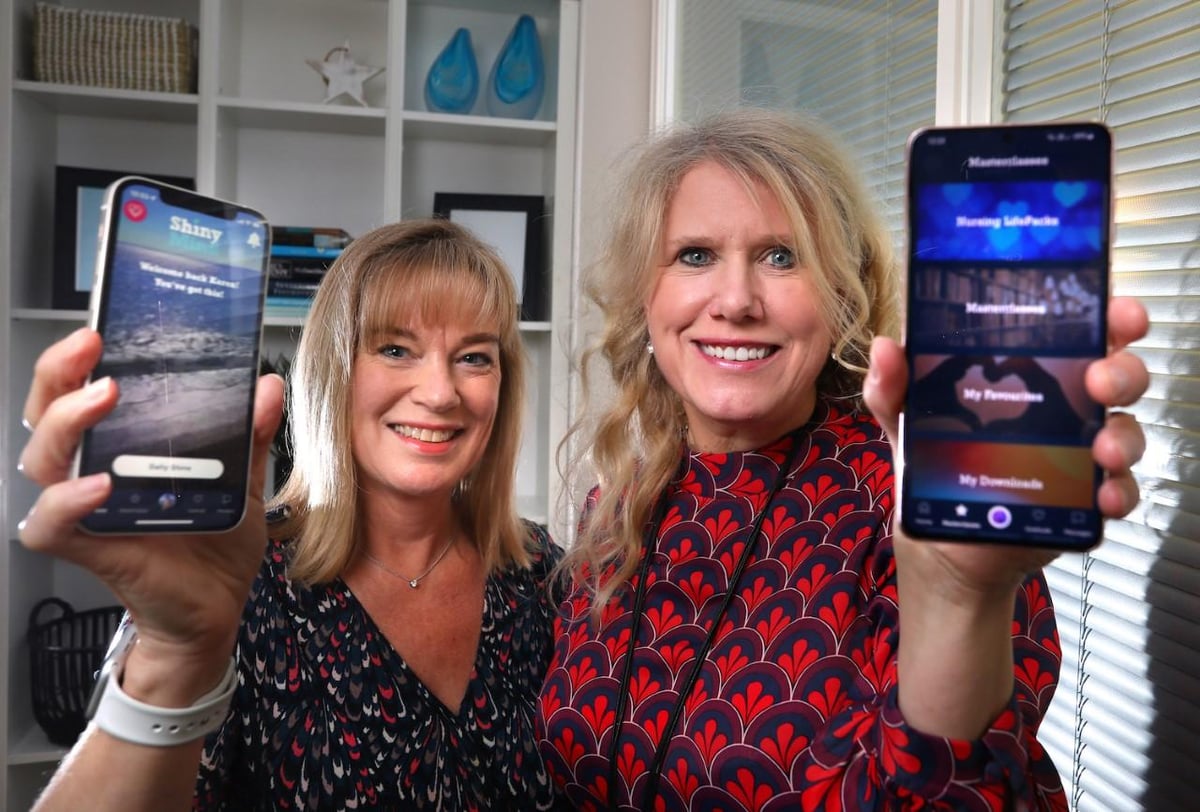If you don’t already know, there is an NHS Apps Library that highlights health and wellness apps that meet its clinical and technical standards. It is the place to find apps that can really help you improve your life and help you separate the wheat from the chaff in a crowded app marketplace.
One app that meets the NHS standard is My Possible Self (App Store and Google Play), which was created with input from experts from independent mental health provider Priory Group. The free app uses Cognitive Behavioral Therapy (CBT) techniques to help people deal with common mental health issues like stress and anxiety.
To mark World Mental Health Day 2021 on Sunday, October 10, My Possible Self is expanding its offering to include a wide range of new content, including workout videos, mindfulness classes and recipes.
We spoke with Joe McEvoy, Director of Innovation and Digital at the Priory Group and CBT Therapist, the CBT techniques that underpin the app and how it can help people.
What is CBT and how is it used in the app?
Traditionally, CBT is talk therapy that helps you deal with your problems by changing the way you think. It has a very strong evidence base, which dates back to the 1950s. With the app, we’ve created what we call modules on things like managing anxiety and depression. They follow a similar sequence to how CBT works, allowing you to assess the thoughts you are having and identify patterns. It then gives you a set of tools to help you change the way those less than useful ways of thinking impact your life.
There are a lot of evidence-based practices behind this, with proven tools and techniques. We built it with My Possible Self providing the technology, and we provided the clinical input so that all of the tools, techniques, and assessments were as you might experience if you were in talk therapy with a therapist.
Will it help people access this type of therapy?
Absoutely. The app is free for everyone, whether they are in this country or around the world. We know that many people cannot access services through the NHS due to waiting lists and some of the challenges the NHS faces and we know that not everyone can come to the Priory because they do not can’t afford it. So it’s a really good opportunity for people to have access to something free that is a big part of what CBT therapy does.
As an example of the app’s tools and their help, can you explain the “reframing thoughts†tool?
The thought reframing tool is indeed an opportunity for people to post thoughts that might bother them. Thought like “I am a really bad person” or “I must be really bad at my job” whatever it is – negative thoughts. People can get into a vicious cycle thinking about these thoughts and not being able to walk away from them, which then impacts their feelings.
The thought reframing tool actually prompts the individual to engage in a number of things. One of the important things is to ask yourself: what is the evidence for this? Let’s write down what is the proof that I am a bad person. Maybe someone told me, or a lot of people told me. Am I doing bad things? Then we say, “How can we reframe this thought in a different way? “
A natural reframing of something like this might be that “I sometimes feel bad about myself”, rather than “I’m a bad person”. It works to break down some of those thoughts that seem overwhelming. When you can break them down into smaller parts, you can start to reframe them in different ways that make them positive. A big part of CBT is “if you can’t find evidence for it then try to find a different way of thinking about it, try to find ways to be nicer to yourself.” Because at the end of the day, very few of us are actually bad people.
Can it help break the cycle of negative thinking?
Exactly. And the problem with thoughts is that they’re just thoughts. These are not things. But what we do quite naturally is that when we think about something, we often think it again. And the more we keep thinking about it, the more important it becomes, and then it starts to lead to feelings.
So if I constantly think I’m a bad person, I start to feel like I’m a bad person, then I start to feel upset or anxious or depressed or whatever. It’s about breaking this cycle that we can all enter.
 AD Roberts
AD Roberts


